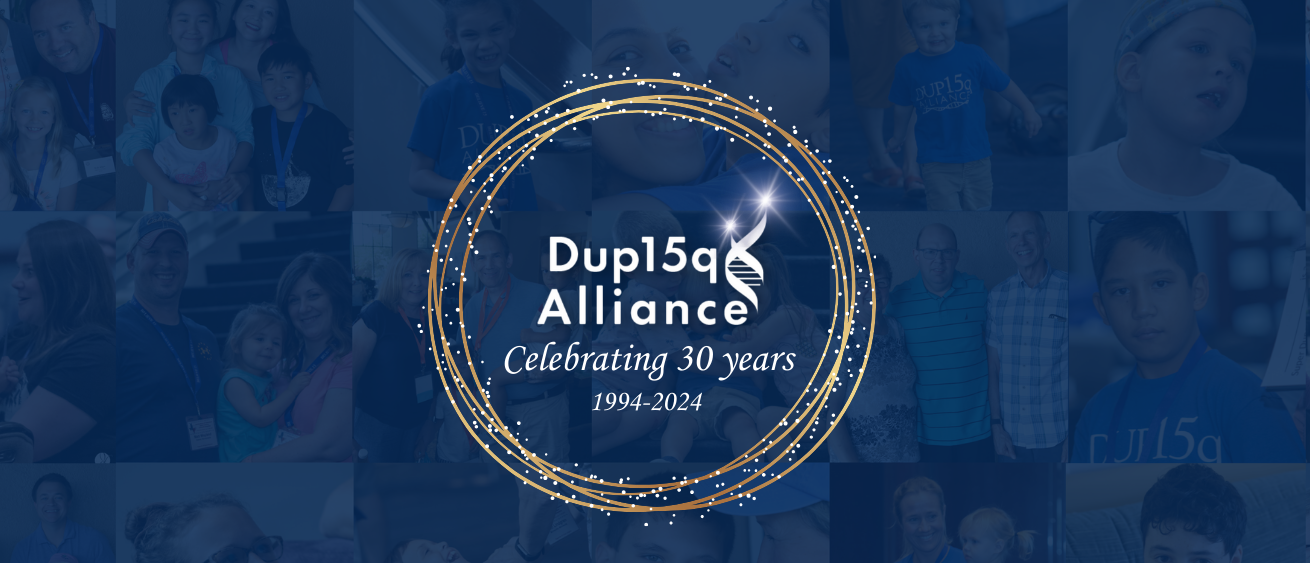Abnormal sleep physiology in children with 15q11.2-13.1 duplication (Dup15q) syndrome
This study has shown that children with Dup15q syndrome have abnormal sleep rhythms and these sleep physiological changes may contribute to or worsen cognitive and neurodevelopmental abilities in our children. Considering the role of GABAergic neurotransmission in the generation of beta oscillations and in healthy NREM sleep physiology, the EEG signatures we see here, together, likely reflect aberrant GABAergic neurotransmission and help establish mechanisms that may underlie the abnormal physiology in this condition.
Molecular Autism volume 12, Article number: 54 (2021)
Abstract
Background
Sleep disturbances in autism spectrum disorder (ASD) represent a common and vexing comorbidity. Clinical heterogeneity amongst these warrants studies of the mechanisms associated with specific genetic etiologies. Duplications of 15q11.2-13.1 (Dup15q syndrome) are highly penetrant for neurodevelopmental disorders (NDDs) such as intellectual disability and ASD, as well as sleep disturbances. Genes in the 15q region, particularly UBE3A and a cluster of GABAA receptor genes, are critical for neural development, synaptic protein synthesis and degradation, and inhibitory neurotransmission. During awake electroencephalography (EEG), children with Dup15q syndrome demonstrate increased beta band oscillations (12–30 Hz) that likely reflect aberrant GABAergic neurotransmission. Healthy sleep rhythms, necessary for robust cognitive development, are also highly dependent on GABAergic neurotransmission. We therefore hypothesized that sleep physiology would be abnormal in children with Dup15q syndrome.
Methods
To test the hypothesis that elevated beta oscillations persist in sleep in Dup15q syndrome and that NREM sleep rhythms would be disrupted, we computed: (1) beta power, (2) spindle density, and (3) percentage of slow-wave sleep (SWS) in overnight sleep EEG recordings from a cohort of children with Dup15q syndrome (n = 15) and compared them to age-matched neurotypical children (n = 12).
Results
Children with Dup15q syndrome showed abnormal sleep physiology with elevated beta power, reduced spindle density, and reduced or absent SWS compared to age-matched neurotypical controls.
Limitations
This study relied on clinical EEG where sleep staging was not available. However, considering that clinical polysomnograms are challenging to collect in this population, the ability to quantify these biomarkers on clinical EEG—routinely ordered for epilepsy monitoring—opens the door for larger-scale studies. While comparable to other human studies in rare genetic disorders, a larger sample would allow for examination of the role of seizure severity, medications, and developmental age that may impact sleep physiology.
Conclusions
We have identified three quantitative EEG biomarkers of sleep disruption in Dup15q syndrome, a genetic condition highly penetrant for ASD. Insights from this study not only promote a greater mechanistic understanding of the pathophysiology defining Dup15q syndrome, but also lay the foundation for studies that investigate the association between sleep and cognition. Abnormal sleep physiology may undermine healthy cognitive development and may serve as a quantifiable and modifiable target for behavioral and pharmacological interventions.




